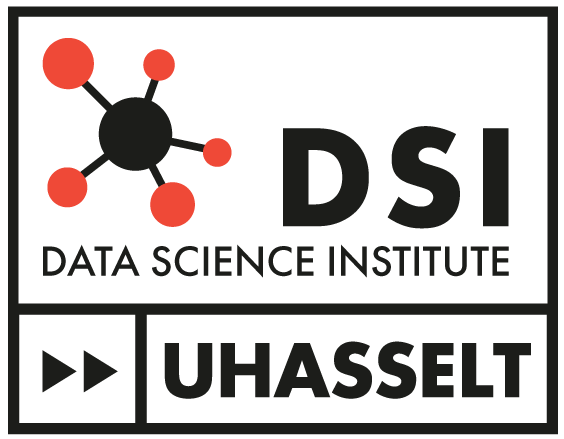Research lines
In order to focus its research and identify where and how to invest, the Data Science Institute identified three areas of specific importance for the next few years: data governance, data engineering, data analytics and modelling and decision support.


Research
Data governance
Data governance defines who can take what action, upon what data, in what situations, for which purposes, using what methods.
- data ownership / custody
- data accessibility
- quality of (open) data
- data semantics
Data engineering
Data engineering refers to all tasks and efforts needed in order to make raw data fit for analysis.
- data profiling
- data wrangling
- data integration and cleaning
- data semantics
- query processing
- big data management
Data analytics and modelling
Through data analytics and modelling, we get closer to obtaining insights from data. DSI’s models are inspired by physics, mathematics, statistics, computer science (heuristic), and may involve machine learning and AI.
- Statistical modelling
- Mathematical and numerical methods
- Mathematical statistics
- Physics inspired modelling
Decision support
We consider this a transversal theme, which integrates the expertise of the other research lines with the intention to support the decision making process of for example researchers, clinicians, policy makers, businesses.
In this research line, we develop methods, tools and proofs of concept.
Contact
Dr. Sarah Vercruysse

Agoralaan Gebouw D - B -3590 Diepenbeek
Office E109
DSI

Agoralaan Gebouw D, 3590 Diepenbeek, Belgium
